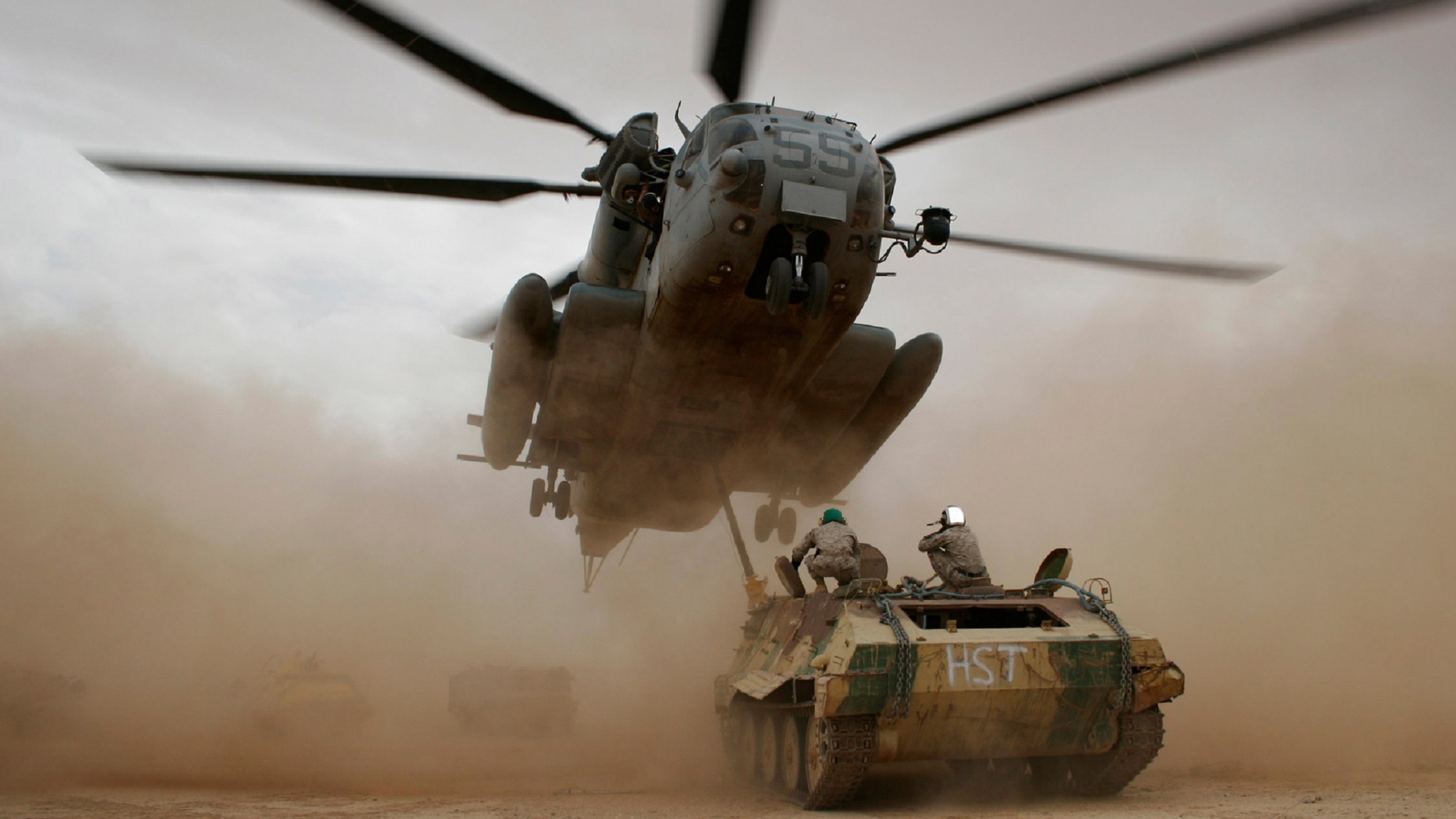From 1916 the Halberstädter Flugzeugwerke G.m.b.H. began to equip its unarmed reconnaissance aircraft with machine guns as well. In the course of the war the designers developed several prototypes, finally only the Halberstadt C.V was produced.
Development and design:
In contrast to other manufacturers, the company Halberstädter Flugzeugwerke developed an armed reconnaissance aircraft only late. For this a prototype was developed on the basis of the Halberstadt B.II, which could not be produced in 1917.
During the development of the C.II model the original plans of this airplane became the CL.II and thus a ground fighter airplane instead of an armed reconnaissance aircraft.
The chief designer Karl Theiss presented the C.III at the end of 1917, whose lower wing was unusually attached to a small keel placed under the fuselage. A total of six of these aircraft were built, but were neither used at the front nor produced further.
Like the C.II, the development of the C.IV into an armed reconnaissance aircraft was abandoned and the Halberstadt CL.IV was built as a ground combat aircraft instead.
At the beginning of 1918 the C.V was presented, which was taken up due to its large flight altitude into the German army and was used there predominantly as photo reconnaissance aircraft.
Until the end of the war the C.VI, C.VII and C.VIII were developed and presented, but all aircraft did not exceed the status of the prototype.
Use in the First World War:
Of the Category C aircraft developed, only the C.V was used as a long-range reconnaissance aircraft during the war in the final months of the war.
Technical data:
| Designation: | Halberstadt C.V |
| Country: | German Empire |
| Typ: | Armed reconnaissance aircraft |
| Length: | 6,54 meters |
| Span: | 13,62 meters |
| Height: | 2,7 meters |
| Weight: | 728 kilogram empty |
| Crew: | Max. 2 |
| Engine: | water-cooled 6-cylinder in-line engine Benz Bz.IVü, 220 HP |
| Maximum speed: | 165 kilometres per hour |
| Range: | 600 kilometers |
| Arming: | 2 machine guns 7,92 mm Parabellum and up to 50 kilograms bombs |
You can find the right literature here:
Fokker Dr I Aces of World War 1 (Aircraft of the Aces)
Undoubtedly the most famous fighter type to see service on either side during World War 1, the Fokker Dr I was a revelation when it entered service on the western front in 1917. Manfred von Richthofens JG 1 circus was the first Jasta to completely re-equip with the new fighter, and in the skilled hands of its numerous aces the Dr I proved a formidable opponent. The Dr I remained in service on the Western Front until replaced by the superior Fokker D VII in May 1918. Just weeks prior to that, however, Germanys leading ace, the great Red Baron, had been killed at the controls of a Dr I.
Friedrichshafen Aircraft of WWI: A Centennial Perspective on Great War Airplanes (Great War Aviation) (Volume 21)

Friedrichshafen Aircraft of WWI: A Centennial Perspective on Great War Airplanes (Great War Aviation) (Volume 21) Paperback – February 16, 2016
This book describes and illustrates the development of Friedrichshafen aircraft of WWI with text, 540 photos, 18 in color, 37 color profiles, production quantities and serial numbers of aircraft, and aircraft dimensions and performance specifications. In addition, there are 26 official SVK drawings and 11 aircraft are illustrated in scale drawings to 1/48 (4) or 1/72 (7) scales. The book has 312 pages and is of interest to aviation historians, enthusiasts, and modelers alike.
German and Austro-Hungarian Aircraft Manufacturers 1908-1918
Much has been written about the British aircraft of the First World War, but little has surfaced about the aircraft of the Axis powers, Germany and Austria. Here, Terry C. Treadwell tells the story of the aircraft from companies such as Fokker, builder of the famous triplane, as fl own by Baron von Richthofen's Flying Circus, AEG, Albatros, Junkers and Hansa. From reconnaissance aircraft to state-of-the-art bombers that could reach London, this is the definitive guide to aircraft of the Axis powers during the First World War. The aircraft are explained in detail and a history of each company is provided, making this an excellent source book for aircraft enthusiasts, model makers and those interested in the air war over the trenches of France and Belgium, as well as further afield in the Italian campaign.
The Zeppelin in Combat: A History of the German Naval Airship Division
The standard reference now revised and expanded. Dr. Robinson has opened up his vast photo archives to enhance this new edition of his classic work. Much of the new photographic material is published here for the first time.
This post is also available in:
 Deutsch (German)
Deutsch (German)  Français (French)
Français (French)  Italiano (Italian)
Italiano (Italian)  简体中文 (Chinese (Simplified))
简体中文 (Chinese (Simplified))  Русский (Russian)
Русский (Russian)  Español (Spanish)
Español (Spanish)  العربية (Arabic)
العربية (Arabic)
















